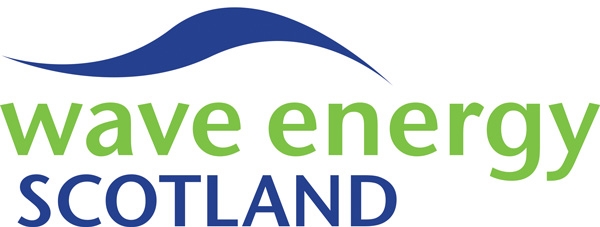Lead contractor
OWC Ltd.
Overview
WES commissioned OWC Ltd. to carry out a technoeconomic study into opportunities for sharing space, infrastructure, services and supply chain between wind and wave technologies and developments.
A total of 17 scenarios were evaluated, including baseline separate wind and wave projects. Simple sharing scenarios involved sharing of array resources, development, operation and maintenance as well as supply chain costs. More integrated studies looked at versatile platforms and shared ownership of the whole project.
The headline figures from the study are a potential Levelised Cost of Energy (LCOE) saving of up to 7% for wind developers and nearly 40% for wave energy developers, resulting in a combined total saving of up to 12%. Most of these savings could be achieved through co-location and simple asset sharing, without the risk of full integration of hybrid platforms.
Breaking down the LCOE, development expenditure savings were realised by sharing the project site and costs for consenting, surveys, modelling, and the seabed lease. For capital expenditure, all sharing scenarios lowered the cost of floating wind. However, the most significant reductions were achieved by sharing assets such as inter-array cables, transmission infrastructure, and anchors. Operational expenditure costs were also reduced for the two projects, with the fully shared option, including shared transmission and vessels, resulting in the greatest savings.
To complement the LCOE analysis, the additional benefits from couplings were qualitatively reviewed, such as the power profile smoothing from output coupling, load reduction on floating wind devices from strategic WEC placement and control, benefits to supply chain development, and the local socio-economic benefits to Scotland. The feasibility of each scenario is also assessed in terms of technology, regulatory, and financial constraints.

